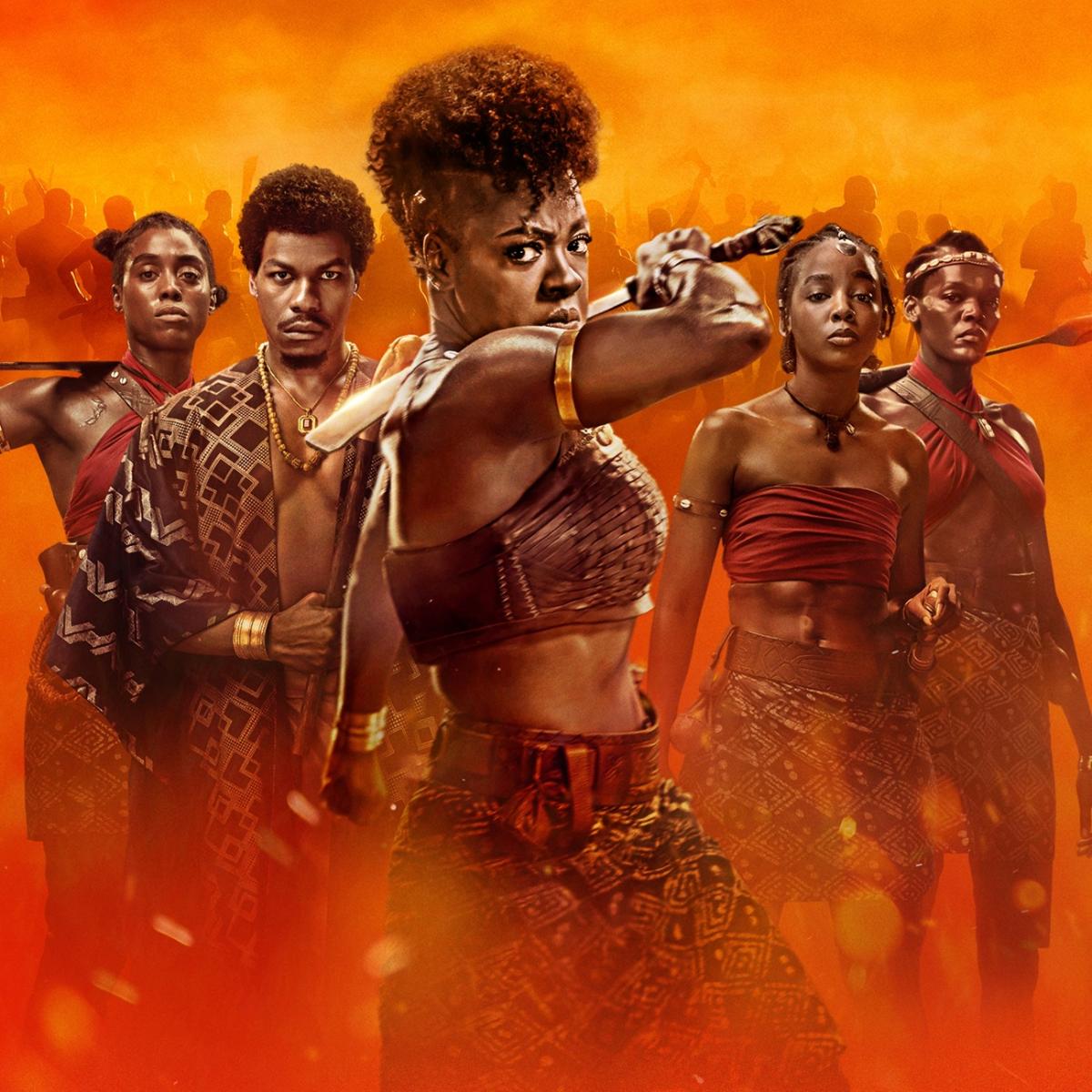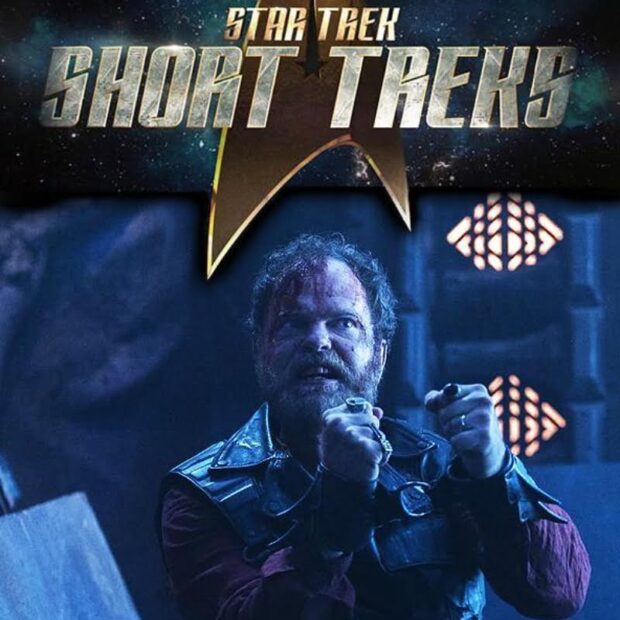Royalty red in tooth, claw and hair.
Historical figures have a habit of being reinvented for their times, and Mary Queen of Scots is a case study in how the same story can be told through an entirely different lens nearly fifty years after its last major cinematic treatment. Directed by Josie Rourke, this version strips away much of the classic period-drama polish in favour of a grittier, more intimate exploration of Mary Stuart and Elizabeth I, played by Saoirse Ronan and Margot Robbie, respectively. The result is a film that is visually striking, dramatically potent, and thematically in tune with modern discussions about gender, power, and political survival.
Ronan’s Mary is less the hapless romantic Redgrave portrayed and more a politically astute queen trying to navigate the impossible. She is aware of the dangers she faces but refuses to bend entirely to the expectations of the men around her. There’s a defiance in this portrayal that feels deliberately crafted for contemporary audiences – this Mary is not just a tragic queen, but a woman determined to seize her destiny, even if it means pushing against a system built to crush her. Robbie’s Elizabeth, meanwhile, is played as a ruler at war with her own identity. Unlike Jackson’s commanding, sharp-witted Elizabeth, Robbie’s version is wracked with insecurity, self-doubt, and a growing awareness of her own isolation.
Much has been made of the film’s casting choices, with some describing them as anachronistic. In reality, what’s anachronistic is the longstanding tendency to whitewash early modern Europe, erasing the historical presence of non-white individuals from the record. The film opts for inclusive casting not to rewrite history, but to recalibrate the truth of it. There were people of colour in the Tudor and Stuart courts, though they have rarely been granted space in traditional cinematic retellings. By breaking with this contemporary convention, the film interrogates who gets to embody power on screen, and challenges audiences to reconsider what “historical accuracy” really means.
In fact, its most glaring historical liberty is the same one the 1971 film indulged in: a face-to-face meeting between Mary and Elizabeth, something that never happened, no matter how much dramatists down through the years might have wished it had. But where the earlier film staged their meeting with regal tension, this version opts for something more symbolic. Their encounter, set in a labyrinthine room of veils, is designed less as a literal event and more as a thematic statement – the two queens are locked in a struggle not just with each other, but with the expectations imposed upon them.
The film veers away from the stately, overtly theatrical aesthetic of its predecessor, embracing a rawer, more naturalistic style, making the Scottish landscapes feel vast and untamed, while England’s court is stifling and artificial. Costumes, while still elaborate, are used more purposefully. Elizabeth’s increasing reliance on her elaborate white makeup becomes a kind of mask, a physical manifestation of her withdrawal from personal identity into pure political power.
Compared to the 1971 version, Mary Queen of Scots shifts the focus from dynastic rivalry to gendered power struggles. Where the earlier film emphasised personal antagonism, this one is more concerned with how both women are constrained by their circumstances. Redgrave’s Mary was undone by passion and poor judgement; Ronan’s Mary is a victim of systemic forces determined to see her fail.
Yet, for all its modernisation, the film struggles with pacing, much like its predecessor. Certain character arcs feel rushed or underdeveloped, and while Ronan and Robbie are outstanding, the supporting players lack the same presence that Dalton, Jackson or Holm brought to the earlier film.
Ultimately, the two Mary Queen of Scots films reflect the eras that produced them. The 1971 version revels in courtly intrigue and regal spectacle – a classic historical drama in every sense. The 2018 film, by contrast, seeks to reframe history through a contemporary lens, making its queens more complex, more flawed, and more relatable. While neither is a definitive take on Mary’s story, together they offer a fascinating study in how history – and historical cinema – evolves over time.











